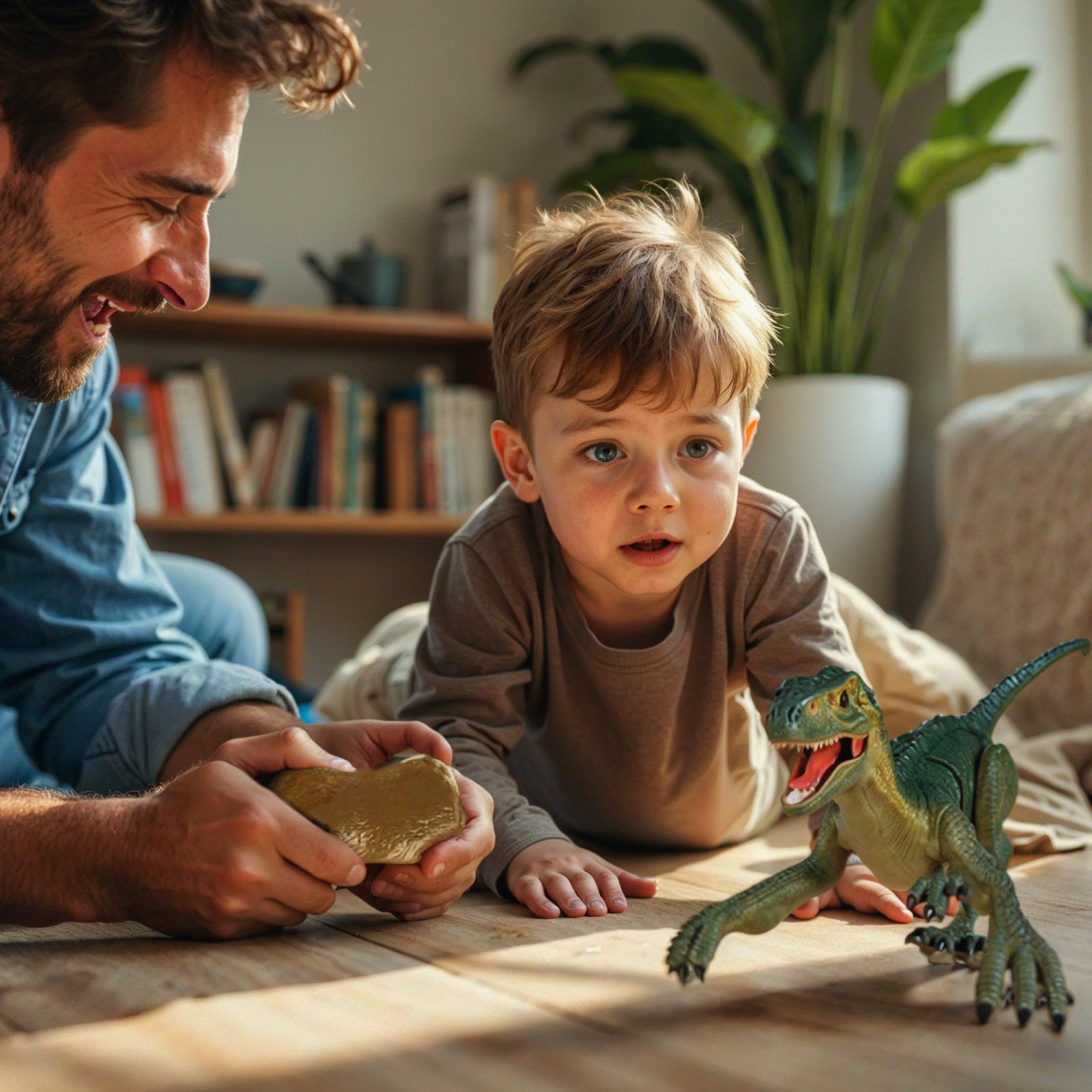Introduction
As the world rapidly evolves with technological advancements, equipping children with essential skills in Science, Technology, Engineering, and Mathematics (STEM) has become increasingly important. Introducing these concepts at an early age can lay the groundwork for future success in a technology-driven society. One of the most effective ways to engage children in STEM learning is through interactive and educational toys, particularly those that incorporate elements of robotics and spatial thinking.
The Role of STEM in Early Childhood Education
STEM education is crucial for developing critical thinking, problem-solving abilities, and creativity in children. By introducing these concepts early on, we help children build a strong foundation for understanding the world around them. Educational toys that incorporate STEM principles make learning both interactive and fun, allowing children to explore and experiment with concepts that might otherwise seem abstract.
Robotics in Play: A Gateway to STEM Learning
Robotics, a key component of STEM, offers a unique and engaging way for children to interact with technology. Through play, children can learn the basics of robotics, such as cause-and-effect relationships, sequencing, and basic programming principles. This hands-on approach helps demystify complex topics, making them accessible and enjoyable for young learners.
Remote-controlled toys, like cars, robots, or even dinosaur-themed models, are excellent examples of how robotics can be integrated into playtime. These toys allow children to control movements, respond to obstacles, and even execute simple commands, providing a tangible introduction to the world of robotics.
Enhancing Spatial Thinking Through Play
Spatial thinking—the ability to visualize and manipulate objects in space—is another critical skill that can be developed through play with STEM toys. When children guide a remote-controlled toy through a room, navigate around obstacles, or create paths, they are actively engaging their spatial reasoning skills. This type of play enhances their ability to understand and remember spatial relationships, a skill that is vital in fields such as mathematics, engineering, and architecture.
For example, a child playing with a remote-controlled dinosaur might learn to anticipate how the toy will move in response to their commands, navigate through tight spaces, or plan a route that avoids obstacles. This type of problem-solving helps develop their spatial awareness and cognitive flexibility.
The Broader Impact of STEM Toys on Development
Beyond robotics and spatial thinking, STEM toys offer a broad range of developmental benefits:
- Problem-Solving Skills: Many STEM toys present challenges that require children to think critically and develop strategies to overcome them. This not only enhances their problem-solving abilities but also builds confidence as they succeed in mastering these challenges.
- Problem-Solving Skills: Many STEM toys present challenges that require children to think critically and develop strategies to overcome them. This not only enhances their problem-solving abilities but also builds confidence as they succeed in mastering these challenges.
- Problem-Solving Skills: Many STEM toys present challenges that require children to think critically and develop strategies to overcome them. This not only enhances their problem-solving abilities but also builds confidence as they succeed in mastering these challenges.
The Future of STEM Toys in Education
As technology continues to advance, the role of STEM toys in education is likely to grow. These toys provide a valuable bridge between play and learning, making complex subjects accessible and enjoyable for children. By integrating robotics and spatial thinking into everyday play, we can help prepare the next generation for a future where these skills will be increasingly important.
Fostering a Love for Learning
STEM toys play a pivotal role in nurturing a love for learning in children. By combining fun with educational value, these toys make it possible for children to develop essential skills in a way that feels natural and enjoyable. Whether it’s through robotics, spatial thinking, or problem-solving, the lessons learned through play can have a lasting impact on a child’s development and future success.
At WonderNest, we believe in the power of play to shape young minds and are committed to offering toys that inspire curiosity, creativity, and a passion for learning.



